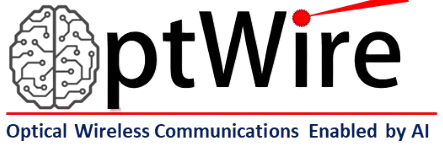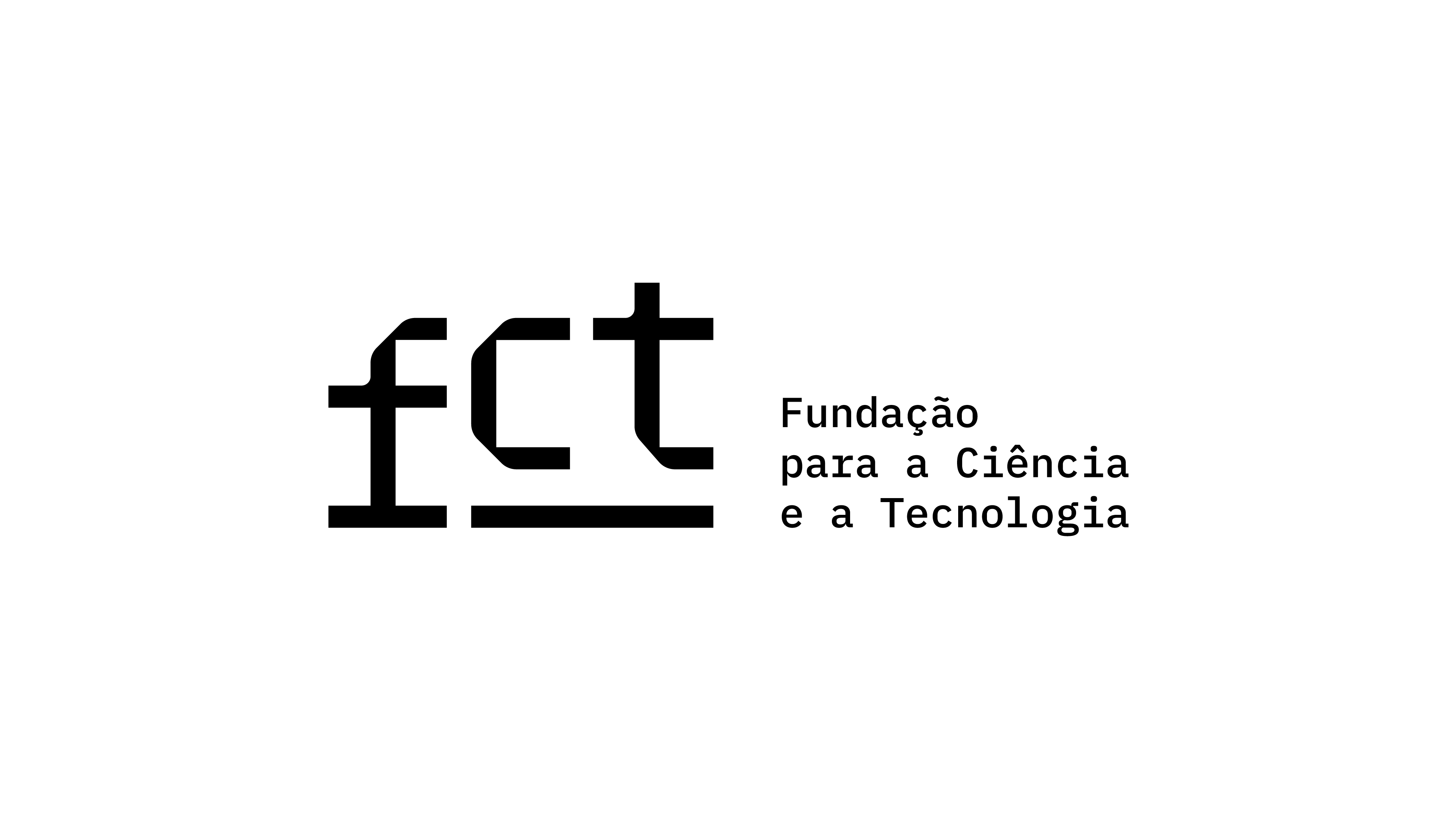Project Name | OPTWIRE - Next-Generation Optical Wireless Communications Enabled by Artificial Intelligence
Grant agreement ID | PTDC/EEI-TEL/2697/2021
Main Objective | Model and mitigate atmospheric turbulence and pointing errors in free-space optical (FSO) communication using advanced AI tools, leveraging extensive experimental data and AI-optimized channel prediction to enhance mitigation measures and optimize signal modulation.
Leader Entity | Instituto de Telecomunicações Aveiro
Start Date | 2023-12-01
End Date | 2024-11-30
Total funding | FCT – 249,998.58 €
The primary goal of the OptWire project is to thoroughly model and mitigate the main physical layer challenges of free-space optical (FSO) communication—atmospheric turbulence and pointing errors—using advanced AI tools to address the complexity of these issues. To achieve this, the project will conduct extensive experimental campaigns in controlled lab environments, including a wind-tunnel provided by CESAM/UA and a custom-designed atmospheric chamber by PICadvanced. Following data collection across various turbulence parameters, AI-based model extraction will be performed using machine learning algorithms to create an optimized channel prediction model. This model will inform the development of improved mitigation techniques such as adaptive modulation and coding, beam shaping, and multiple-input-multiple-output transmission diversity. To address pointing errors, the project will use high-precision optical and mechanical beam steering devices, optimized with AI approaches like evolutionary algorithms and neural networks. Additionally, signal modulation and spectral efficiency will be optimized through end-to-end learning of the FSO link, employing auto-encoders to adapt signal properties to varying link conditions.

